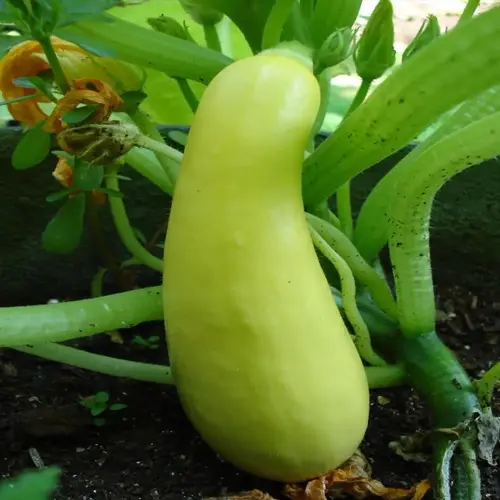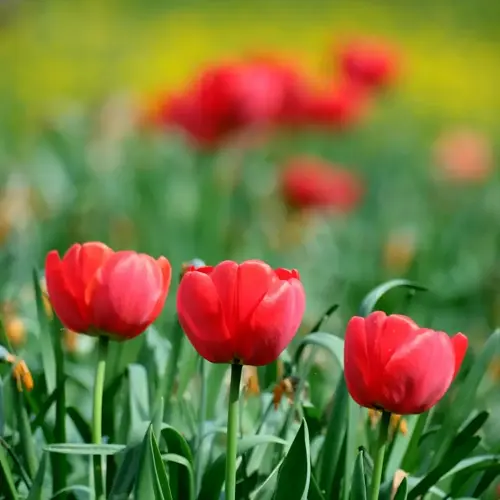Which flowers combine well together?

Written by
Michael Sullivan
Reviewed by
Prof. Samuel Fitzgerald, Ph.D.Making beautiful flower combinations begins with an understanding of plant needs and visual aesthetics. I learned this lesson after my impatiens, which were deprived of sunlight, fell behind some very tall sunflowers. Pair up sun lovers like zinnias with drought-tolerant marigolds. Group shade seekers like hostas with moisture-seeking begonias. Remember that the light water and soil preferences must match first.
Light Requirements
- Full sun pairs: Zinnias marigolds cosmos
- Partial shade pairs: Impatiens begonias coleus
- Deep shade pairs: Hostas ferns astilbe
- Avoid mixing sun and shade plants
Color Harmony
- Complementary colors: Purple salvia with yellow coreopsis
- Monochromatic themes: White cosmos pink zinnias
- Seasonal palettes: Spring pastels summer brights
- Foliage contrast: Silver dusty miller with green hostas
Play with varying heights to create visual interest. My ideal border combinations are tall foxgloves, mid-height salvias, and trailing alyssum. Use repetitive colors throughout the beds, such as clusters of purple verbena. Do not forget foliage textures as well; silver artemisia pairs well with the velvety blooms of pansies. Always leave breathing room between your plants.
Adjust for your location. Coastal gardens feature salt-resistant lavender and sea thrift. Hot gardens pair heat-tolerant vinca with portulaca. Northern gardens often feature cold-tolerant pansies paired with ornamental kale. Please keep track of where the sun moves; it will gradually move candidates as it moves through the seasons.
Maintain equilibrium with seasonal arrangement. Spring blooms; tulips mix with forget-me-nots. Summer zinnias pair with marigolds. Fall asters accompany chrysanthemums. I drafted combinations for each season that were successful. We can enjoy all seasons while keeping things tidy.
Read the full article: When to Plant Flowers: Month-by-Month Guide

